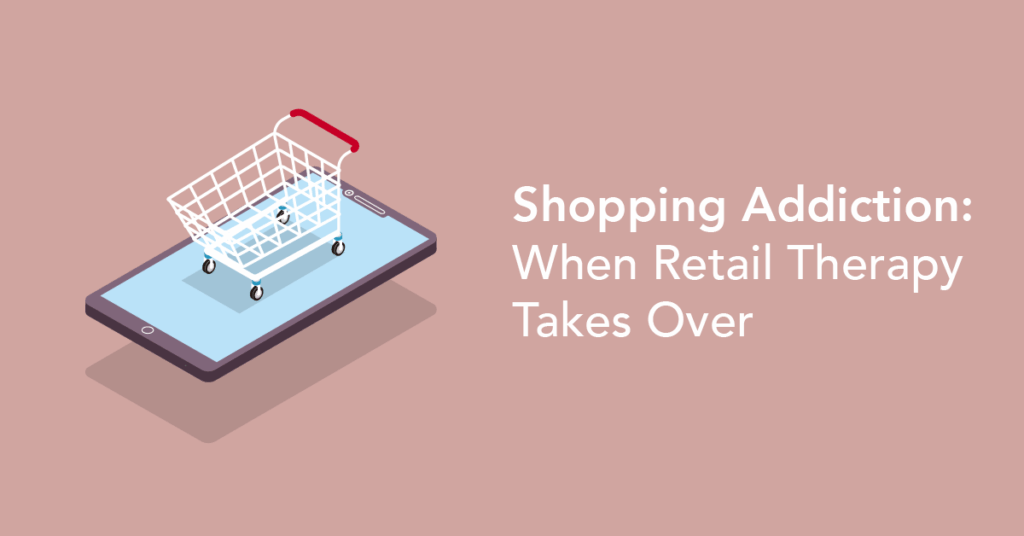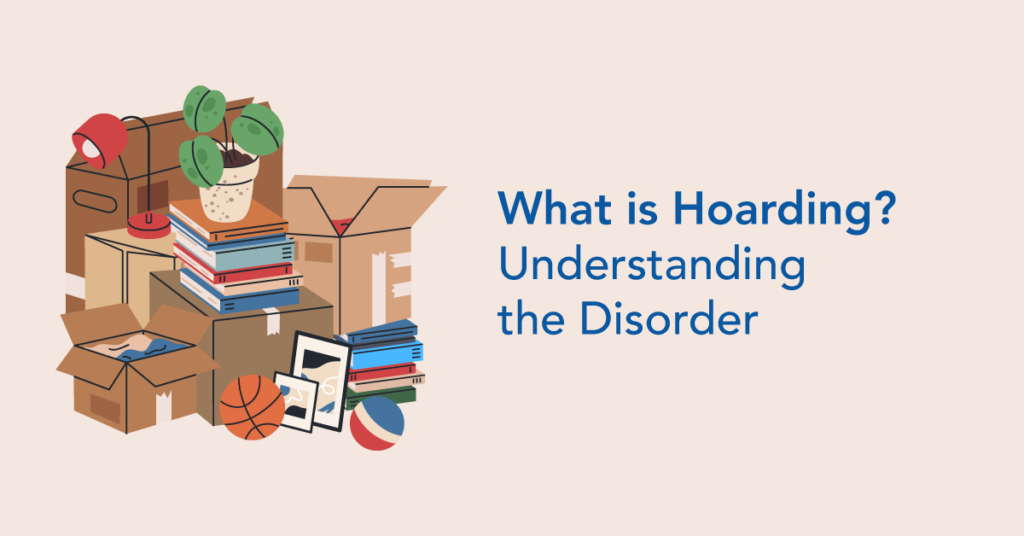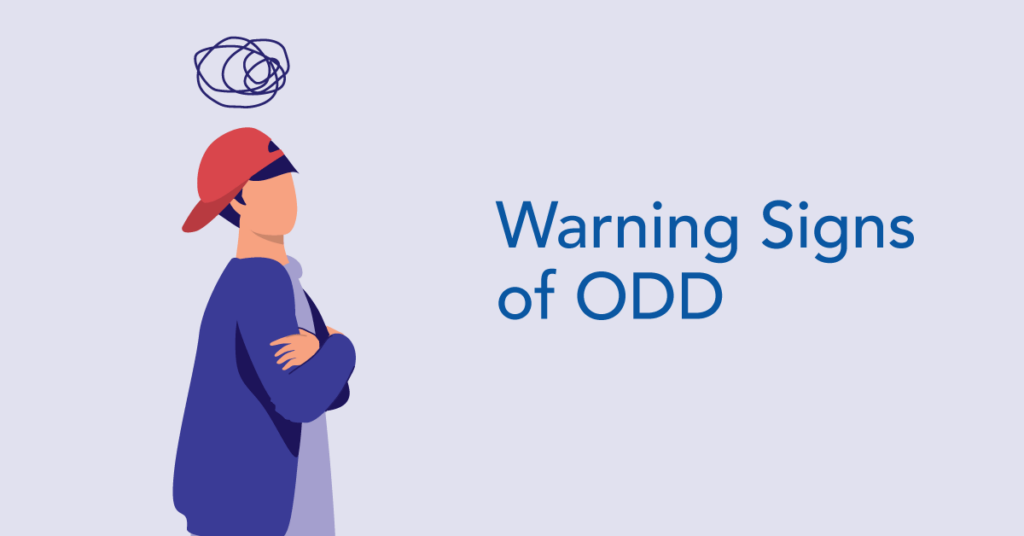Recognize the signs and symptoms of shopping addiction and who’s at risk of developing this disorder. Check out treatments, from support groups to therapy.
Shopping addiction, also known as compulsive buying disorder, is a behavioral addiction where a person feels compelled to shop or spend excessively, even when it leads to emotional, financial or relational consequences.
The phrase “retail therapy” is often used lightheartedly. Many people find joy or stress relief in shopping from time to time. But for some, shopping becomes an uncontrollable behavior that damages their well-being. The short-term relief from buying something new is often followed by guilt, shame or financial stress.
Understanding when spending habits cross the line from occasional indulgence to addiction can help individuals recognize when it’s time to seek support.
What Is Shopping Addiction?
Shopping addiction, or compulsive buying, involves repeated, excessive shopping that’s difficult to control. It’s not just about spending too much money. It’s about the emotional and psychological drivers behind the behavior and the inability to stop despite negative outcomes.
Compulsive shopping may involve:
- Constant thoughts about buying or acquiring items
- A need to shop to feel better or relieve stress
- Hiding purchases or feeling ashamed about spending
- Buying things that aren’t needed or are never used
- Feeling anxious or irritable when unable to shop
Though not officially classified in the DSM-5, shopping addiction is recognized by many mental health professionals and often co-occurs with conditions such as depression, anxiety, bipolar disorder or impulse control disorders.
Why Does Shopping Feel So Good?
Buying something new can trigger a release of dopamine, the brain’s feel-good chemical associated with reward and motivation. This rush can temporarily ease stress or boost mood, especially during emotionally difficult moments.
However, over time, the brain may start to crave this feeling. The result is a cycle of emotional discomfort followed by spending, then followed by guilt or regret — a pattern that mirrors other behavioral addictions.
Signs and Symptoms of a Shopping Addiction
Shopping addiction isn’t always easy to spot, especially in a culture that often celebrates consumption. Some signs may include:
- Shopping as a primary way to deal with emotions
- Feeling a rush or “high” while buying something
- Frequently spending beyond your means
- Hiding purchases or lying about spending
- Accumulating debt from shopping habits
- Shopping to escape boredom, loneliness or sadness
- Feeling anxious, irritable or empty when not shopping
Some people may shop online compulsively, while others focus on in-person retail experiences. It isn’t about the method of shopping but rather the behavior and emotional consequences surrounding it.
Who’s at Risk?
Shopping addiction can affect anyone, but certain factors may increase the risk:
- Emotional distress, including anxiety or depression
- A history of addiction or impulsive behavior
- Low self-esteem or identity issues
- Exposure to targeted marketing and easy online shopping access
- Life transitions, such as divorce, grief or major stress
Women are statistically more likely to seek help for shopping addiction, but it affects all genders and age groups.
The Mental Health Effects of Compulsive Spending
Shopping addiction isn’t just a financial issue. It can take a real toll on mental health, relationships and self-image.
Anxiety and Guilt
People with shopping addiction often report high levels of anxiety. The temporary relief that comes from shopping is usually replaced by guilt or panic over money spent or items purchased. This emotional roller coaster can create chronic stress and avoidance behaviors.
Depression and Isolation
As debt builds or the behavior begins to interfere with daily life, feelings of depression, hopelessness or shame often set in. Many people feel alone or are embarrassed to talk about it, which can increase isolation.
Relationship Conflict
Compulsive spending can cause strain in marriages, friendships or families, especially when financial transparency is lacking. Secretive behavior, broken trust or financial instability often result in tension or conflict.
Identity Struggles
Some people shop to create a version of themselves they wish to be. When shopping becomes tied to identity or self-worth, emotional regulation can become even more difficult.
How Is Shopping Addiction Treated?
Like other behavioral addictions, shopping addiction is treatable with the right support and strategies.
Therapy
Cognitive behavioral therapy is commonly used to address compulsive buying. It can help by:
- Identifying emotional triggers
- Challenging irrational beliefs about money or self-worth
- Building healthy coping mechanisms
- Creating new routines and spending behaviors
Therapy may also explore underlying mental health conditions, such as anxiety, trauma or depression.
Financial Counseling
Some individuals benefit from working with a financial therapist or counselor to create a spending plan, address debt and understand their relationship with money on a deeper level.
Support Groups
Peer support can be powerful for behavioral addictions. Spenders Anonymous and other community-based programs provide nonjudgmental support, accountability and shared experiences.
Practical Tools
- Unsubscribing from marketing emails or social media ads
- Using cash instead of credit cards
- Setting spending limits or using tracking apps
- Avoiding high-risk environments, such as malls or online sales
- Practicing mindful shopping, asking whether a purchase is necessary or emotionally driven
Recovery involves building awareness, not shame, and learning to meet emotional needs in healthier ways.
Frequently Asked Questions
- Is Shopping Addiction the Same as Enjoying Shopping?
No. Many people enjoy shopping as a hobby or a form of self-care. Addiction occurs when the behavior becomes compulsive, harmful or difficult to control, even when there are negative consequences. - Can Shopping Addiction Be Diagnosed?
While not an official disorder in the DSM-5, shopping addiction is considered a behavioral addiction by many professionals and is often treated similarly to gambling or internet addiction. - Is It Related to Other Mental Health Conditions?
Yes. Shopping addiction often co-occurs with depression, anxiety, bipolar disorder or ADHD. Treatment should address the compulsive behavior and any underlying emotional challenges. - Can Online Shopping Be Addictive?
Yes. The ease and constant availability of online shopping can make it even more difficult for some individuals to regulate their behavior. In fact, many people report online platforms as their primary source of compulsive purchases. - What If I’m Embarrassed to Talk About It?
That feeling is very common, but remember, you’re not alone. Many people struggle with compulsive spending, and seeking help is a courageous and important first step toward relief.
You Deserve More Than a Temporary Escape
Shopping may bring momentary comfort, but lasting peace comes from understanding what’s driving the behavior and making empowered choices. If you or someone you care about is struggling with compulsive spending, compassionate help is available.
Reach Out
The Mental Health Hotline offers free, confidential support 24 hours a day. Whether you need emotional support, therapy referrals or simply someone to listen, we’re here.
Call today. You’re more than what you buy, and help is always within reach.


